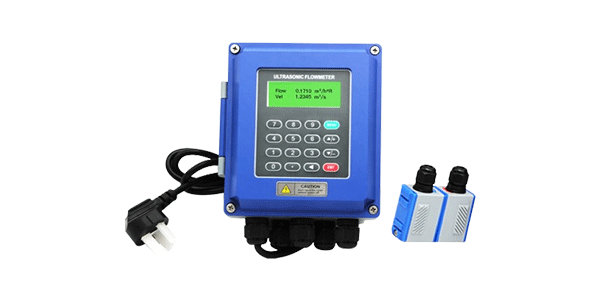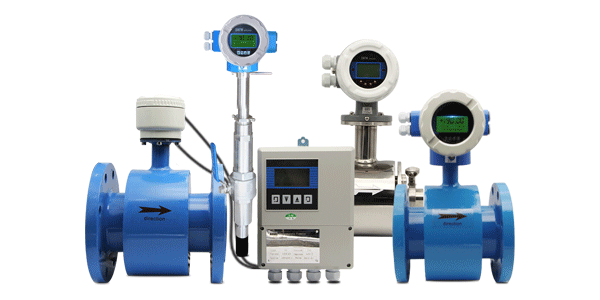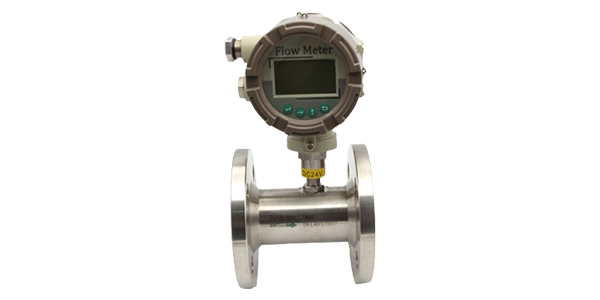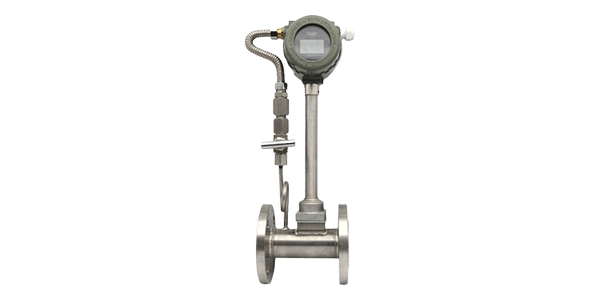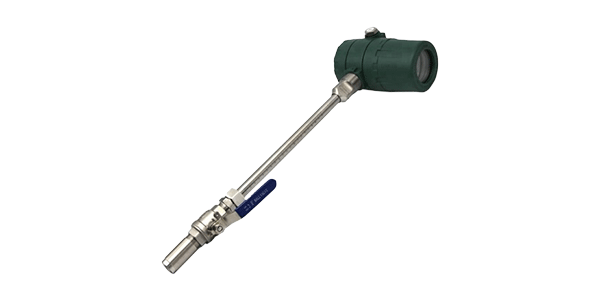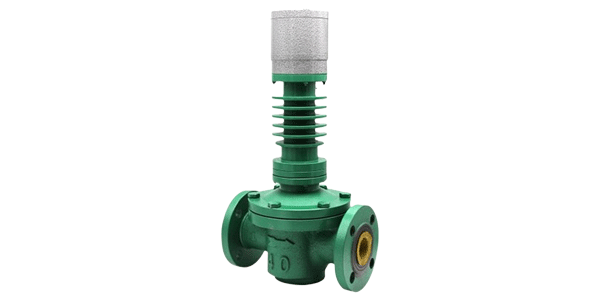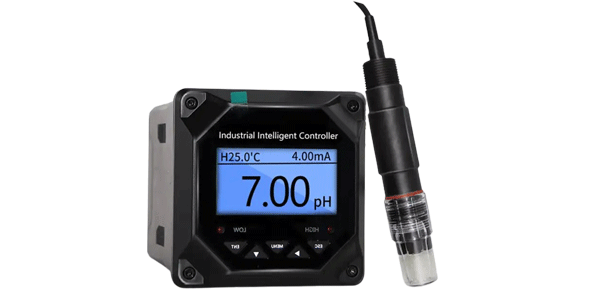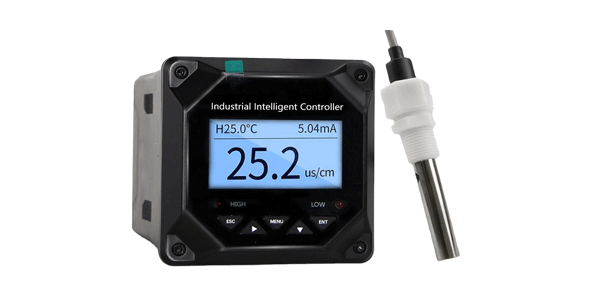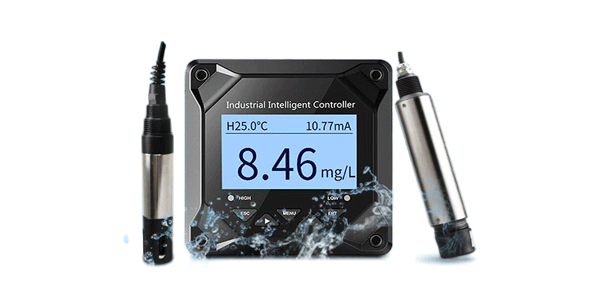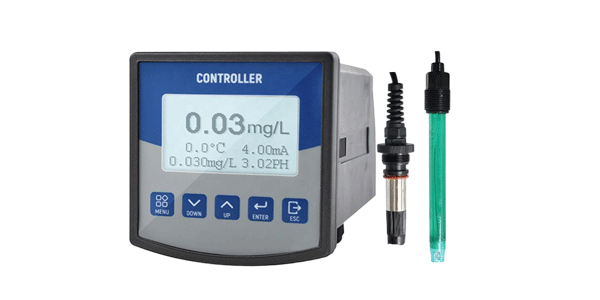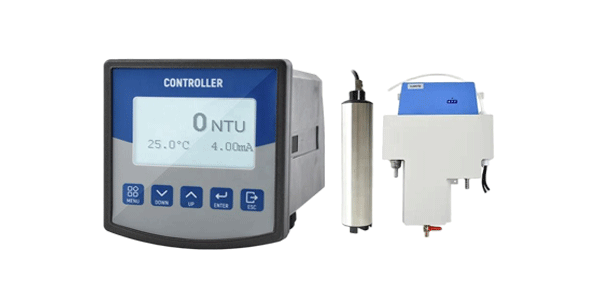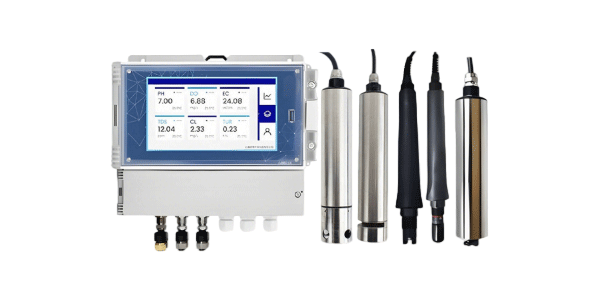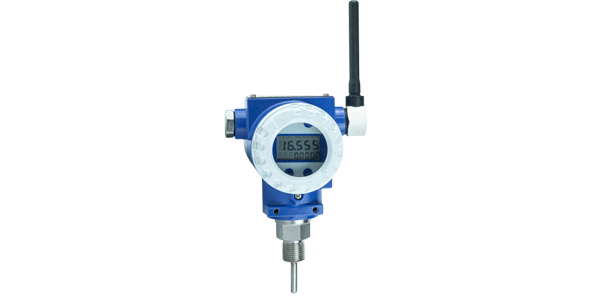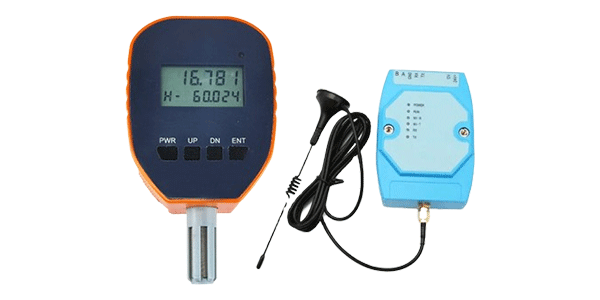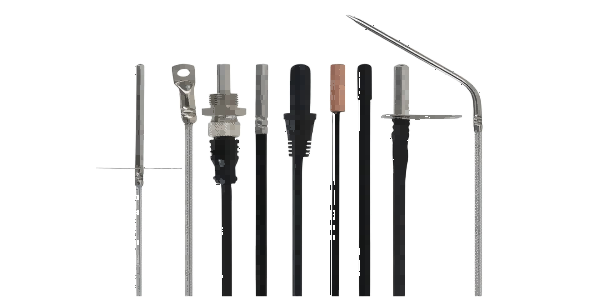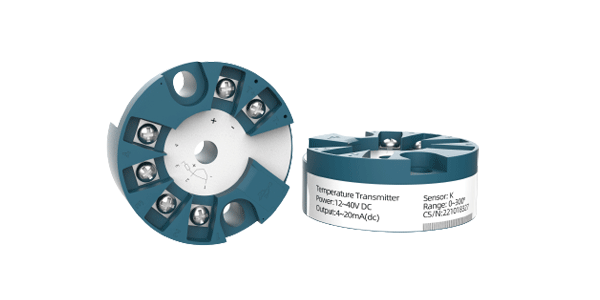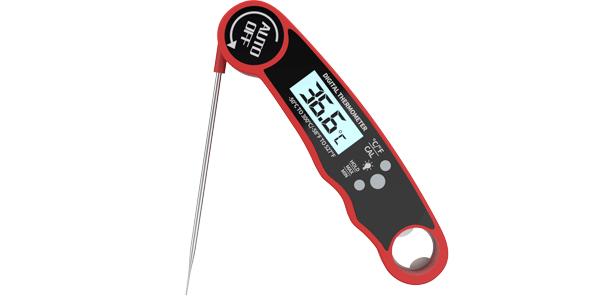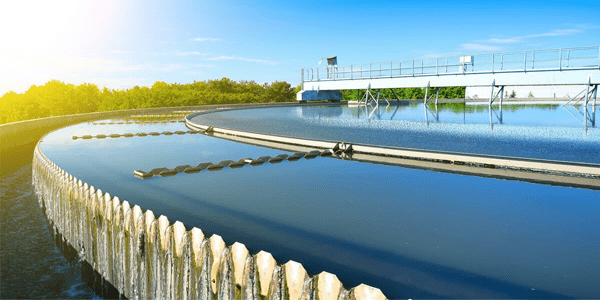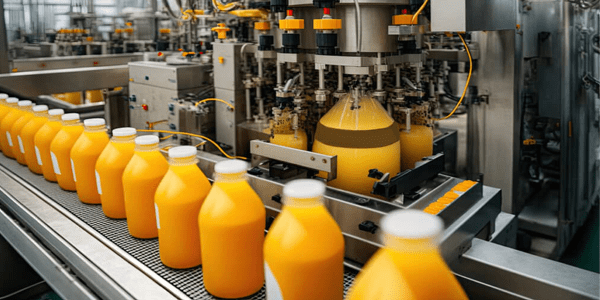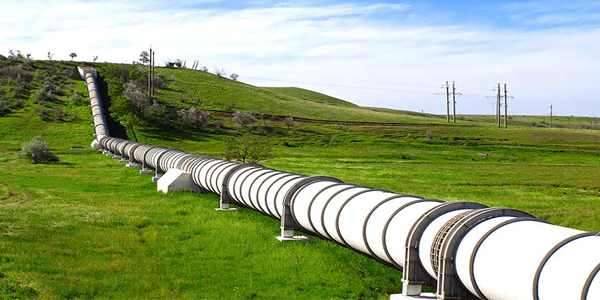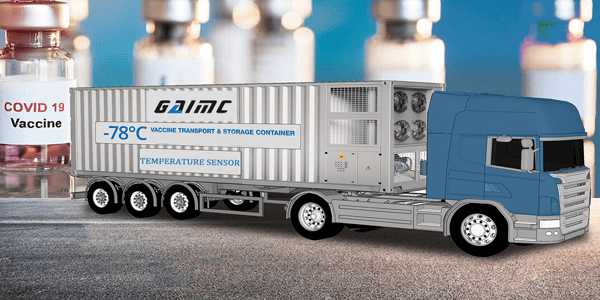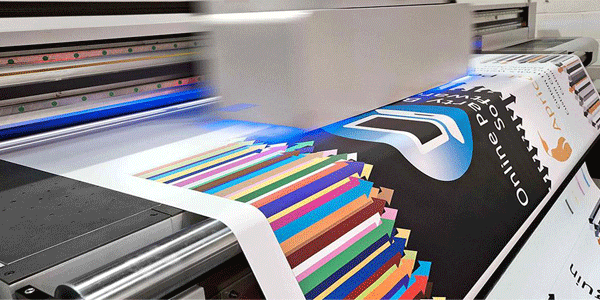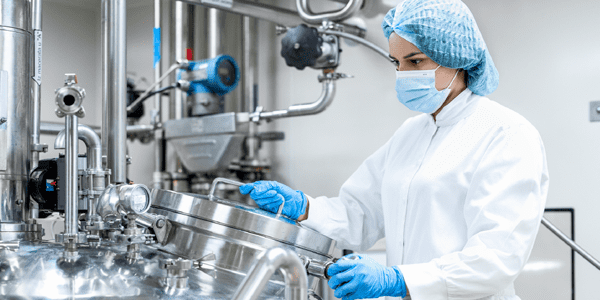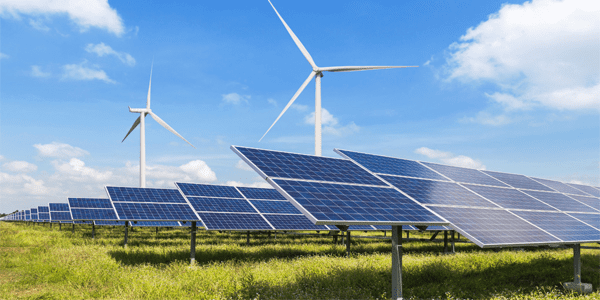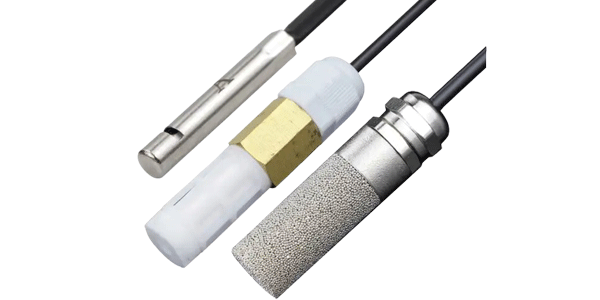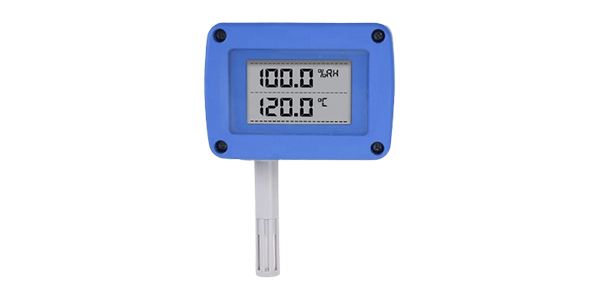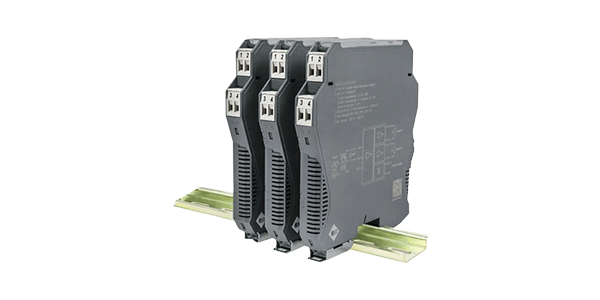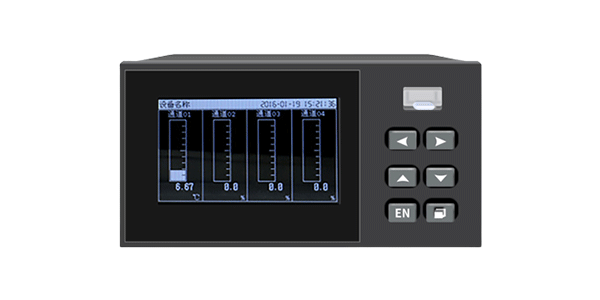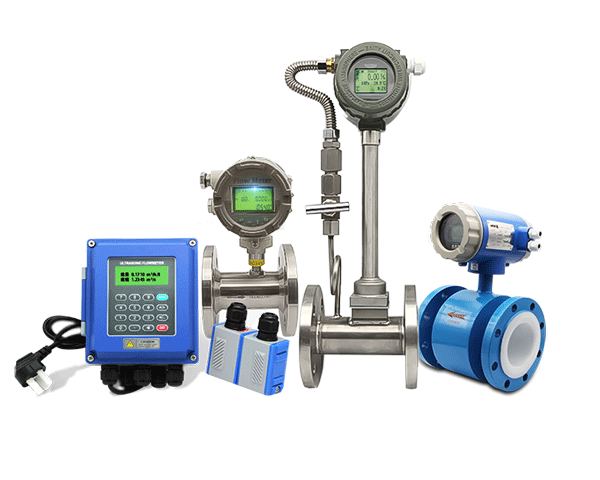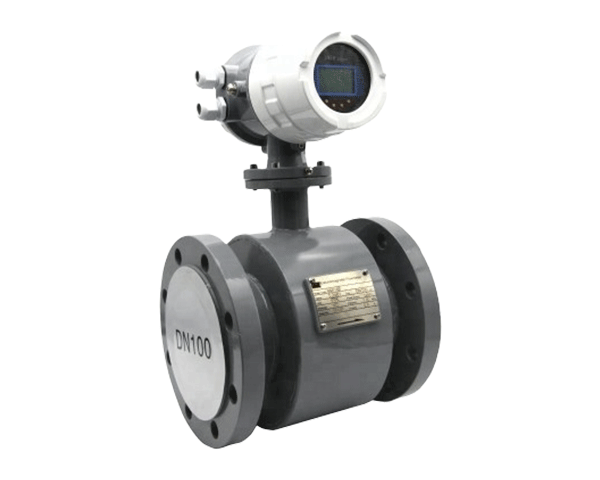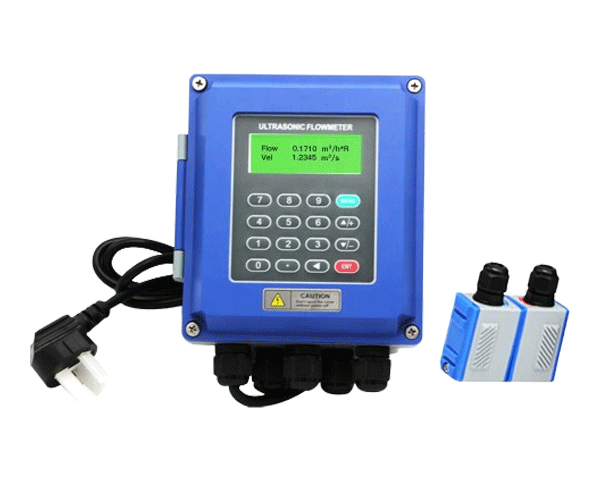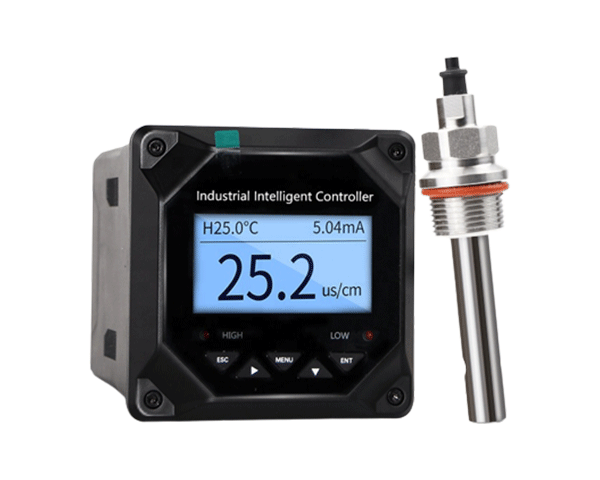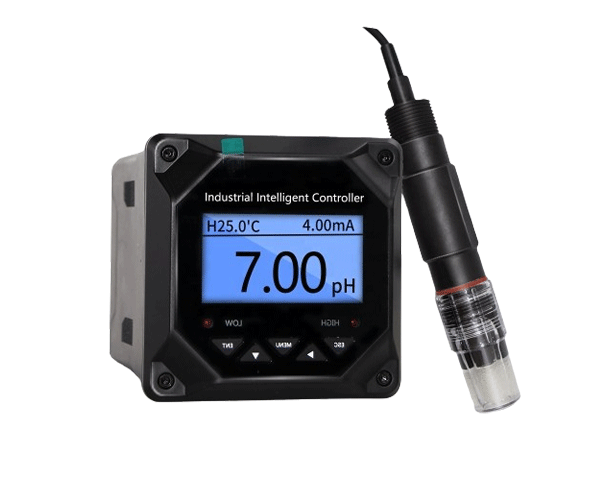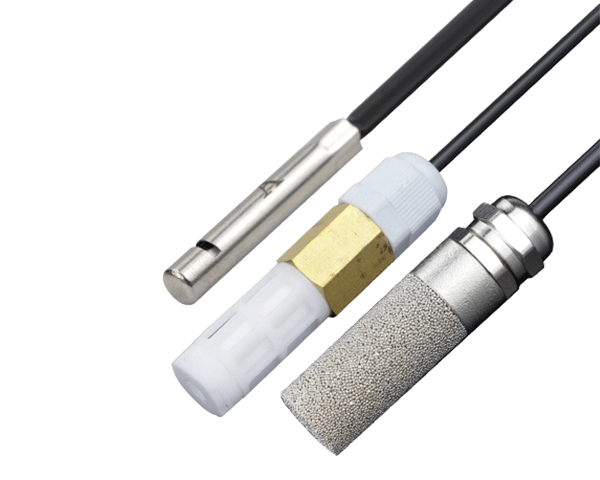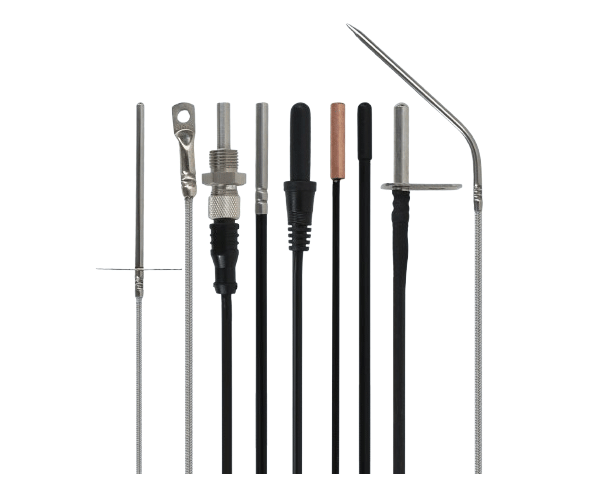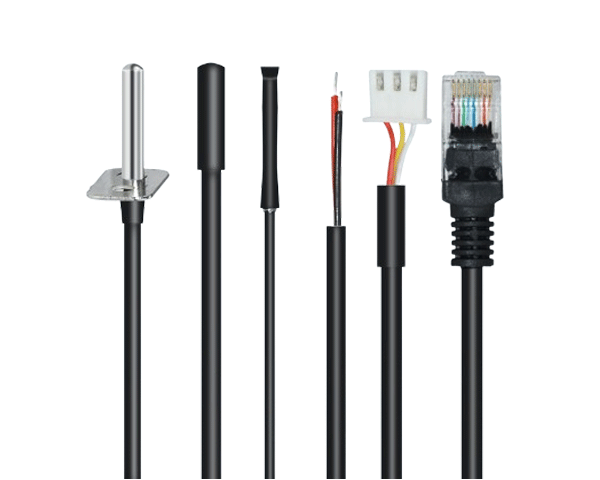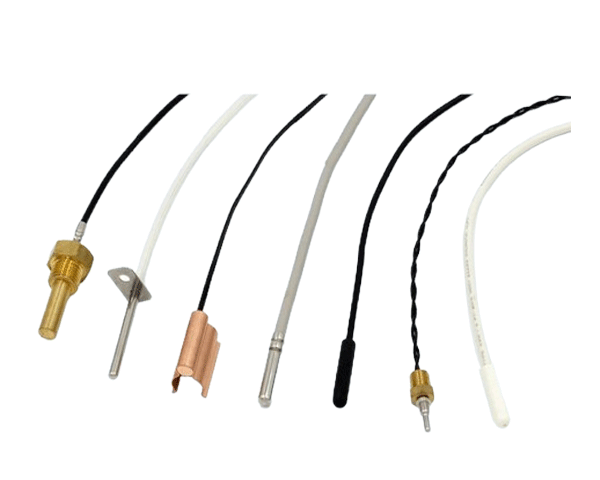In this comprehensive guide, you'll gain practical knowledge about fluid flow rate principles and their critical applications in industrial water treatment. You'll understand how to calculate flow rates accurately, select appropriate measurement technologies, and optimize your systems for maximum efficiency. Whether you're dealing with process water, wastewater, or cooling systems, this article provides the technical foundation needed to make informed decisions about your fluid dynamics challenges.
Fundamentals of Flow Rate in Fluid Dynamics
Flow rate, a fundamental parameter in fluid dynamics, quantifies the volume of fluid passing through a given cross-section per unit time. In industrial applications, accurate flow rate measurement is essential for process control, system efficiency, and regulatory compliance.
Volumetric vs. Mass Flow Rate
Understanding the distinction between volumetric and mass flow rate is crucial for proper system design:
-
Volumetric Flow Rate (Q): Measures the volume of fluid flowing per unit time (m³/s, L/min, GPM)
-
Mass Flow Rate (ṁ): Measures the mass of fluid flowing per unit time (kg/s, lb/min)
Q = A × v
Where: Q = Volumetric flow rate, A = Cross-sectional area, v = Fluid velocity
ṁ = ρ × Q
Where: ṁ = Mass flow rate, ρ = Fluid density, Q = Volumetric flow rate
Flow Measurement Technologies
Selecting the appropriate flow measurement technology depends on fluid properties, pipe characteristics, and accuracy requirements:
Differential Pressure Flow Meters
These devices measure flow by creating a pressure drop across a constriction in the flow path. Orifice plates, venturi tubes, and flow nozzles fall into this category.
Electromagnetic Flow Meters
Ideal for conductive liquids, these meters use Faraday's Law of electromagnetic induction to measure flow velocity without creating pressure drops.
Ultrasonic Flow Meters
Using sound waves to measure flow velocity, these non-intrusive meters are suitable for a wide range of liquids and can be installed without process shutdown.
Coriolis Mass Flow Meters
These devices directly measure mass flow rate by detecting the Coriolis effect on vibrating tubes, providing high accuracy for diverse fluid types.
Flow Rate Calculation and Implementation
Proper implementation of flow rate calculations requires understanding both theoretical principles and practical considerations.
Bernoulli's Equation Application
Bernoulli's equation describes the relationship between pressure, velocity, and elevation in a flowing fluid:
P₁ + ½ρv₁² + ρgh₁ = P₂ + ½ρv₂² + ρgh₂
This principle forms the basis for many flow measurement techniques and system design considerations.
Reynolds Number and Flow Regime
The Reynolds number (Re) determines whether flow is laminar or turbulent:
Re = (ρ × v × D) / μ
Where: ρ = Density, v = Velocity, D = Diameter, μ = Dynamic viscosity
Flow regime impacts pressure drop, mixing efficiency, and measurement accuracy:
-
Laminar Flow (Re < 2300): Smooth, orderly fluid motion
-
Transitional Flow (2300 < Re < 4000): Mixed characteristics
-
Turbulent Flow (Re > 4000): Chaotic, mixed fluid motion
Practical Implementation Code
Here's a properly formatted Python code example for flow rate calculations:
# Fluid Flow Rate Calculations
# GAIMC Industrial Solutions
def calculate_flow_rate(pipe_diameter, fluid_velocity, density=None):
"""
Calculate volumetric and mass flow rates
Parameters:
pipe_diameter (float): Inner diameter of pipe (meters)
fluid_velocity (float): Average fluid velocity (m/s)
density (float): Fluid density (kg/m³) - optional for mass flow
Returns:
dict: Calculated flow rates
"""
import math
# Calculate cross-sectional area
cross_sectional_area = math.pi * (pipe_diameter / 2) ** 2
# Calculate volumetric flow rate (m³/s)
volumetric_flow_rate = cross_sectional_area * fluid_velocity
# Convert to common units
volumetric_flow_lps = volumetric_flow_rate * 1000 # liters per second
volumetric_flow_gpm = volumetric_flow_rate * 15850.3 # gallons per minute
results = {
'volumetric_flow_rate_m3s': volumetric_flow_rate,
'volumetric_flow_rate_lps': volumetric_flow_lps,
'volumetric_flow_rate_gpm': volumetric_flow_gpm
}
# Calculate mass flow rate if density provided
if density is not None:
mass_flow_rate = volumetric_flow_rate * density
results['mass_flow_rate_kgs'] = mass_flow_rate
results['mass_flow_rate_lbmin'] = mass_flow_rate * 132.277
return results
def calculate_reynolds_number(density, velocity, diameter, viscosity):
"""
Calculate Reynolds number to determine flow regime
"""
return (density * velocity * diameter) / viscosity
# Example usage
if __name__ == "__main__":
# Input parameters
pipe_diam = 0.1 # 100mm diameter pipe
velocity = 2.5 # 2.5 m/s fluid velocity
fluid_density = 998.2 # Water density at 20°C (kg/m³)
dynamic_viscosity = 0.001002 # Water viscosity at 20°C (Pa·s)
# Calculate flow rates
flow_results = calculate_flow_rate(pipe_diam, velocity, fluid_density)
# Calculate Reynolds number
reynolds = calculate_reynolds_number(
fluid_density, velocity, pipe_diam, dynamic_viscosity
)
# Display results
print("Flow Rate Calculation Results:")
for key, value in flow_results.items():
print(f"{key}: {value:.4f}")
print(f"\nReynolds Number: {reynolds:.2f}")
# Determine flow regime
if reynolds < 2300: regime = "Laminar" elif reynolds < 4000: regime = "Transitional" else: regime = "Turbulent" print(f"Flow Regime: {regime}")
This code provides a foundation for flow rate calculations that can be integrated into industrial monitoring and control systems.
Industrial Flow Measurement Solutions
GAIMC offers precision flow measurements designed for demanding industrial environments. Our electromagnetic and ultrasonic flow meters provide accurate, reliable data for process optimization and regulatory compliance across various applications including water treatment, chemical processing, and HVAC systems.
Explore our comprehensive water treatment solutions that integrate advanced flow monitoring with complete system management.
Industrial Applications and Best Practices
Water Treatment Systems
Accurate flow measurement is critical in water treatment processes including chemical dosing, filtration control, and distribution system management. Proper flow data ensures optimal treatment efficiency and regulatory compliance.
Cooling Water Systems
Industrial cooling systems require precise flow control to maintain heat exchange efficiency while minimizing energy consumption and water usage. Flow rate optimization can significantly reduce operational costs.
Wastewater Management
In wastewater treatment, flow measurements guide process control decisions affecting aeration, chemical addition, and sludge handling. Accurate flow data is essential for meeting discharge permits and operational targets.
System Installation Best Practices
-
Ensure adequate straight pipe runs upstream and downstream of flow meters
-
Select appropriate meter materials compatible with process fluids
-
Implement regular calibration schedules based on application criticality
-
Consider redundancy for critical measurement points
-
Integrate flow data with SCADA systems for comprehensive process monitoring
Frequently Asked Questions
What is the most accurate flow measurement technology for water applications?
Electromagnetic flow meters typically provide the highest accuracy for conductive liquids like water, with precision up to ±0.2% of rate. However, the optimal technology depends on specific application requirements including pipe size, fluid properties, and installation constraints.
How often should industrial flow meters be calibrated?
Calibration frequency depends on the application criticality, meter technology, and operating conditions. Generally, primary flow elements should be calibrated annually, while more stable technologies like Coriolis meters may maintain accuracy for 2-3 years between calibrations under normal conditions.
What factors affect flow measurement accuracy in industrial settings?
Key factors include: improper installation (insufficient straight pipe runs), fluid properties (viscosity, density changes), pipe condition (scale buildup, erosion), air entrainment or bubbles, and electrical interference for electronic meters.
Can flow meters handle both water and chemical solutions?
Many flow meters can handle various fluids, but material compatibility is critical. GAIMC offers meters with different wetted materials (stainless steel, Hastelloy, PTFE, etc.) suitable for aggressive chemicals. Consult our technical support team for specific application recommendations.
How does flow rate affect water treatment chemical dosing?
Flow-proportional chemical dosing is essential for effective water treatment. Under-dosing reduces treatment efficacy, while over-dosing wastes chemicals and may cause secondary issues. Accurate flow measurement enables precise dosing control, optimizing treatment efficiency and operational costs.
Optimize Your Fluid Systems with Professional Solutions
Struggling with flow measurement challenges or system efficiency issues? Our engineering team provides customized solutions for industrial water and fluid processing applications.
Get Expert Consultation
Or explore our comprehensive services for ongoing support and maintenance.
Technical Sources & References: This article incorporates principles from ASME MFC standards, ISO 5167 (Flow measurement using differential pressure devices), and AWWA (American Water Works Association) guidelines for water treatment applications. Calculation methods align with established fluid dynamics principles documented in engineering references including Crane Technical Paper No. 410 and Miller's Flow Measurement Engineering Handbook.
GAIMC solutions integrate these standards with practical industry experience across hundreds of industrial installations worldwide.
